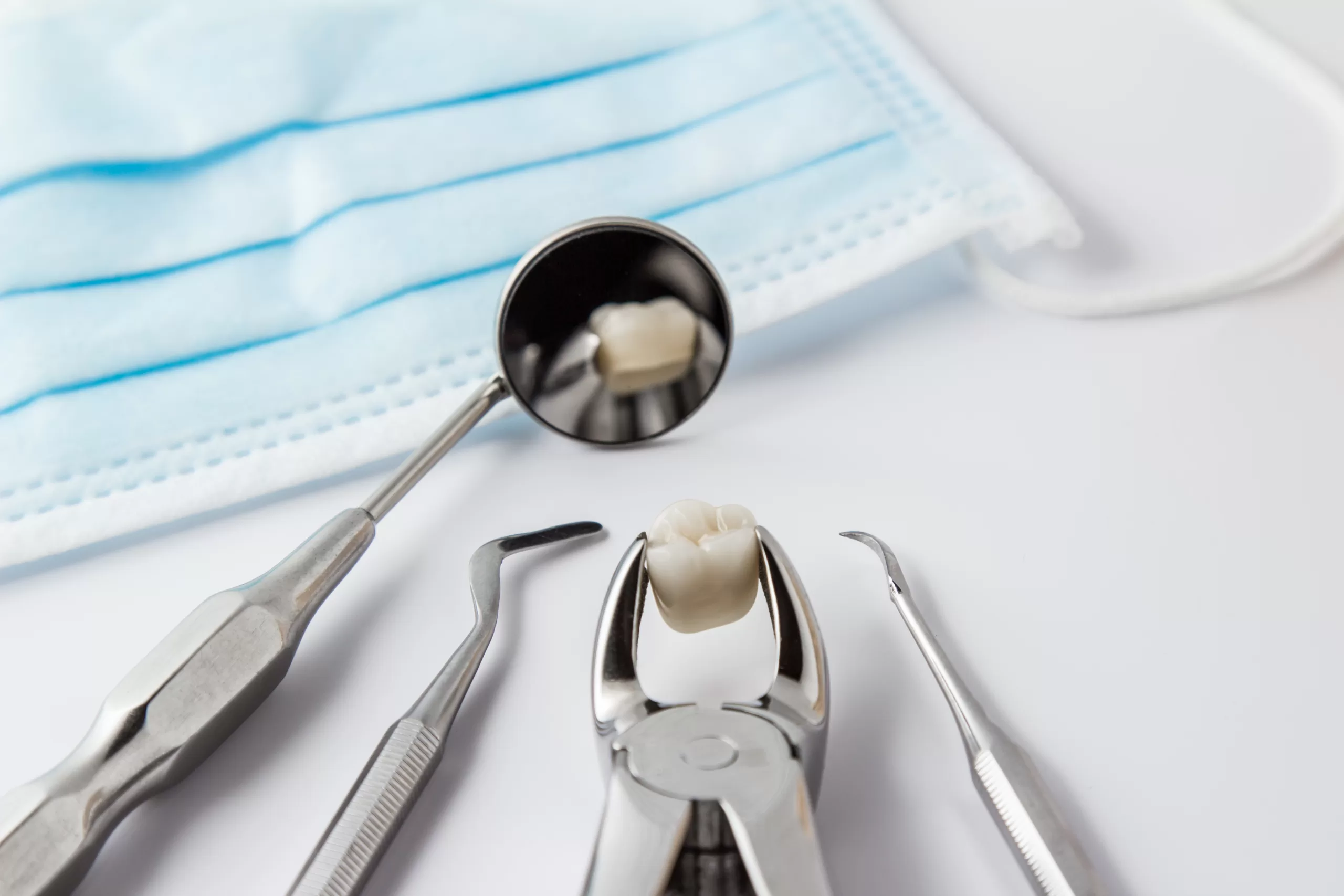
When you come to our Pasadena office for wisdom teeth extraction, you’ll leave your oral surgery appointment with a set of post-operative instructions. For optimal recovery, you should follow these directions from Foothill Center for Dental Implants and Oral Surgery exactly as written. If you don’t, you may end up with a painful complication of wisdom teeth extraction called dry sockets.
When you come to our Pasadena office for wisdom teeth extraction, you’ll leave your oral surgery appointment with a set of post-operative instructions. For optimal recovery, you should follow these directions from exactly as written. If you don’t, you may end up with a painful complication of wisdom teeth extraction called dry sockets.
What Is a Dry Socket?
To truly understand what a dry socket is, you need to understand what the wisdom teeth extraction process is like. When your wisdom teeth are extracted, there is a hole left in your gums. This hole exposes your jawbone. But, you needn’t worry. Your body’s natural response to wisdom teeth extraction is to immediately build up a blood clot to cover up the exposed jawbone tissue.
While your body knows exactly what to do after you have a wisdom teeth extraction in our Pasadena office, the blood clot that forms over your exposed jawbone tissue is very fragile. Certain activities can easily dislodge the blood clot, causing what’s known as a dry socket. If this blood clot is dislodged after a wisdom teeth extraction, it won’t reform and your body will lose its ability to heal from your oral surgery on its own. You will need intervention from the doctors in our Pasadena office.
How Are Dry Sockets Caused?
There are a lot of things that can cause a dry socket, which is why it’s so important for you to follow your doctor’s post-operative instructions exactly. Dry socket causes include:

Smoking, as the activity of inhaling cigarette smoke can dislodge the blood clot.
Brushing over the surgical site too vigorously after your wisdom teeth extraction.
Using a straw to drink liquids after your wisdom teeth extraction, which is why you are encouraged to spoon feed yourself smoothies, milkshakes and juices after a wisdom teeth extraction.
Having a wisdom tooth that is seriously infected, difficult to remove or otherwise experiencing excessive trauma during your wisdom teeth extraction surgery.
Taking birth control pills or estrogen supplements, as these hormones may make it harder for a blood clot to form after wisdom teeth extraction.
Having a personal history of dry sockets forming after tooth removal.
How Will I Know if I Have a Dry Socket?
While you may not be able to see all the way into the back of your mouth to see the exposed, whitish color at your wisdom teeth extraction sites, you’ll know you have dry sockets when you feel them. Dry sockets are extremely painful, and the pain may throb or radiate to your ear. If you develop dry sockets after wisdom teeth extraction, you’ll likely also experience excessive swelling of the face.
How Are Dry Sockets Treated?
The good news is that while dry sockets are painful, they are treatable, too. If you come to our Pasadena office with dry sockets, we’ll prescribe you pain medication for your comfort, and insert a medicated dressing into the affected surgical site(s) so that your body can heal. You’ll need to return to Foothill Center for Dental Implants and Oral Surgery within a few days to have this dressing changed, too.
If you’ve recently had wisdom teeth extraction and are experiencing extreme pain and swelling, don’t let yourself suffer. Call us at (626) 792-3161 to schedule an immediate appointment and evaluation of your extraction sites.





